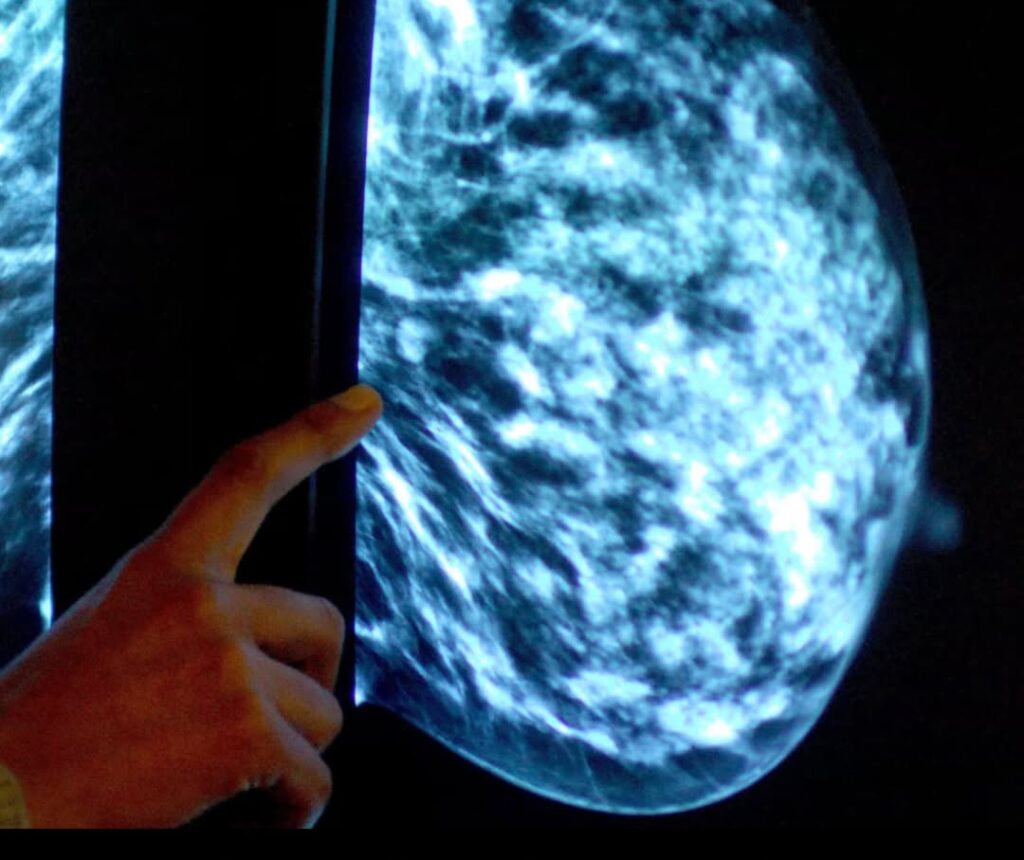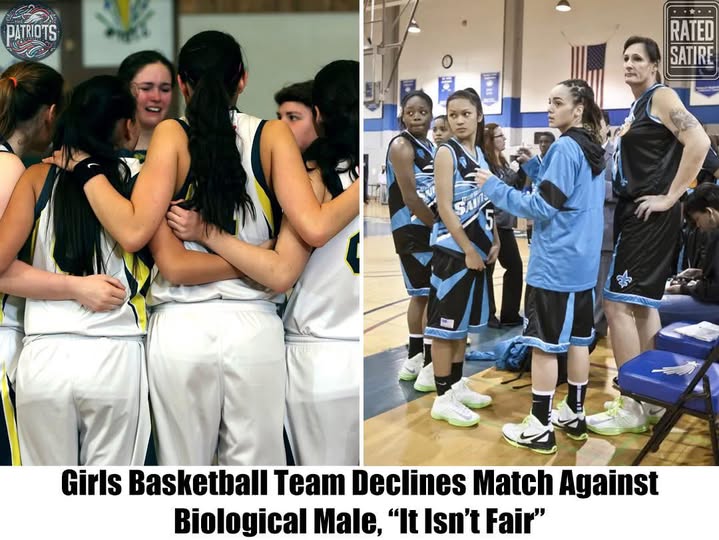A Game-Changer in Breast Cancer Screening
Breast cancer touches the lives of millions, with about one in eight women facing a diagnosis in their lifetime. I’ve seen friends and family navigate the fear and uncertainty of screening, hoping for a clear result but bracing for the worst. Early detection is a lifeline—when caught early, survival rates soar, and treatments are often less invasive. Yet, traditional mammograms, while lifesaving, aren’t flawless. Radiologists miss about 20% of cancers, and half of women screened over a decade experience a false positive, leading to stress, biopsies, and sometimes unnecessary procedures. . source: World Info Organization 2025
Enter a new hero in healthcare: artificial intelligence. A breakthrough AI system, developed through pioneering research, is transforming how we detect breast cancer. By analyzing thousands of mammogram images, this AI can spot subtle patterns and early signs of cancer that even the most experienced human eyes might miss. It’s like having a super-smart assistant who never tires, working alongside doctors to catch what was once invisible. Source : USA TODAY LATEST NEWS 2025
Did You Know? A 2020 study from Northwestern University found that an AI model reduced false negatives by 9.4% in the U.S. and false positives by 5.7%, outperforming human radiologists in accuracy.[](https://news.feinberg.northwestern.edu/2020/01/02/ai-model-improves-breast-cancer-detection/)
How the AI System Works
The magic of this AI lies in its training. Researchers fed it tens of thousands of de-identified mammograms, each paired with biopsy-proven outcomes, teaching the system to recognize the tiniest hints of cancer. Unlike traditional methods, which rely on radiologists’ visual interpretation, the AI uses deep learning—specifically convolutional neural networks (CNNs)—to detect complex patterns in breast tissue. These patterns, often too subtle for human detection, can signal cancer years before it’s visible on a standard mammogram. . source: World Info Organization 2025
I was amazed to learn how this works in practice. Picture a radiologist reviewing a mammogram, squinting at faint shadows or dense tissue. Now imagine the AI highlighting a specific area with a yellow box, flagging it as suspicious. In a 2020 study at Northwestern University, this AI not only caught cancers that six radiologists missed but also reduced false positives, sparing patients unnecessary worry. It’s not about replacing doctors—it’s about giving them a powerful tool to make faster, more confident diagnoses. Source : USA TODAY LATEST NEWS 2025
The system’s ability to generalize across different populations is another win. Tested on mammograms from the U.S. and U.K., it maintained high accuracy despite variations in screening protocols and equipment. This adaptability suggests it could work in diverse healthcare settings, from bustling city hospitals to rural clinics.
The Human Impact: Stories Behind the Science
Beyond the numbers, this AI is about people. I think of someone like my cousin, who went through a false positive scare a few years ago. The weeks of waiting, testing, and anxiety were draining, even though the result was benign. For others, a missed diagnosis can mean cancer is found too late, when treatment is harder. This AI could change those stories, catching cancers earlier and reducing the emotional rollercoaster of false alarms.
Dr. Mozziyar Etemadi, a co-author of the Northwestern study, put it beautifully: “Finding cancer earlier means it can be smaller and easier to treat. We hope this will ultimately save a lot of lives.” That hope resonates deeply, especially for the one in eight women worldwide affected by breast cancer. By prioritizing high-risk cases, the AI could also speed up diagnosis, cutting wait times that can stretch days or weeks—a game-changer for patients and overstretched healthcare systems.
Challenges and the Road Ahead
As promising as this AI is, it’s not ready to roll out globally just yet. The technology needs broader testing to ensure it performs consistently across diverse populations and imaging systems. Most studies, including Northwestern’s, used data from specific equipment, and real-world conditions can vary. There’s also the question of integration—how do hospitals adopt this without disrupting workflows or overwhelming staff?
Another challenge is trust. Some patients and doctors might hesitate to rely on a machine, fearing it could miss something human intuition catches. That’s why experts emphasize the AI’s role as a partner, not a replacement. In Germany, a 2021-2023 study showed AI-supported screening boosted detection rates by 17.6% without increasing recalls, proving the power of human-AI collaboration.)
Regulatory approval is another hurdle. Getting AI systems cleared for clinical use can take years, as they must meet strict safety and efficacy standards. But the momentum is there—researchers are already planning prospective trials to test the AI in real-world settings, like one at Northwestern Medicine exploring faster diagnosis for high-risk cases.[]
A Vision for the Future
Looking ahead, the potential of AI in breast cancer screening is breathtaking. Imagine a world where screenings are personalized based on risk, not just age, catching cancers in young women or those with dense breasts who are often underserved by current guidelines. Researchers at MIT are even developing models to predict cancer five years out, using chromatin images to spot early cellular changes.[](https://news.mit.edu/2024/ai-model-identifies-certain-breast-tumor-stages-0722)
This isn’t just about mammograms. AI could one day analyze pathology slides, predict tumor aggressiveness, or guide treatment plans, making care more precise全世界都爱上了这款AI系统,它不仅能检测出医生错过的癌症,还能减少误报,意味着更少的患者需要接受不必要的活检或其他测试。这项创新并不是要取代医生,而是作为一种强大的支持工具,帮助放射科医生更快、更准确地进行诊断。专家们相信,将AI技术与人类专业知识相结合,可能会改变癌症筛查的未来。[](https://news.northwestern.edu/stories/2020/01/ai-breast-cancer/)
While the technology still needs broader testing before it becomes standard practice, the early results are promising. Researchers hope that with continued development, AI-assisted screenings will soon become a regular part of healthcare worldwide, saving countless lives through earlier intervention. The journey isn’t over, but for the millions facing breast cancer, this AI is a beacon of hope—a reminder that technology, paired with human compassion, can change the world.


